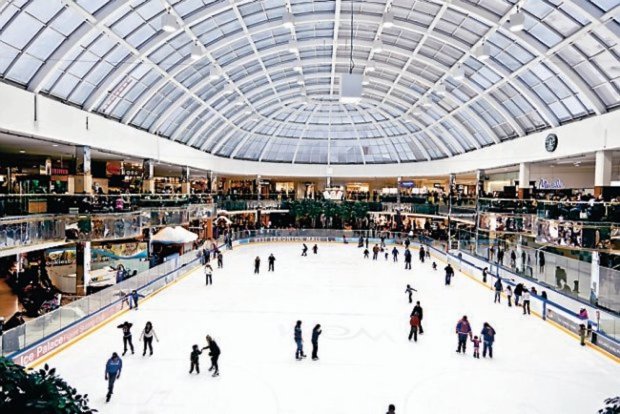A Second Act For Strip Malls

The times they are a’changing, and if consumers insist on using the internet to shop, shopping center landlords will have to repurpose their retail properties.
Where holiday shoppers might have once seen stores and food chains, strip malls are now adding ice skating rinks, fire pits and programmed entertainment, like annual tree lightings, to give people a reason to leave the couches and head to the mall.
“You can still have a vibrant place even in the winter time,” said Don Briggs, executive vice president of development at shopping center Federal Realty. “Planning, design and then the right programming is key,” he said, noting that indoor ice skating rinks are more difficult to build but tend to be stickier bait for attracting holiday shoppers.
The retail reset that is igniting store closures means landlords can’t leave properties unattended. Instead, the goal is to find the types of tenants that are, in a sense, internet-proof. Restaurants, entertainment venues, sporting areas — these are the types of experiences for which there is simply no digital analog, and are thus particularly desirable.
Unfortunately they’re also costly. Unlike traditional brick-and-mortar retail, the structures built by landlords to attract foot traffic are on their own dime and ipso facto don’t pay rent. On top of that, building these areas is not cheap.
“You’re giving up that land you can build on to get rent,” said Stephen Coslik, chairman of The Woodmont Company, a Fort Worth, Texas-based retail property services, brokerage and asset management firm. “It’s all about the experience, whether they’re fire pits, music venues, play areas for kids. The view is: It will bring people.”
Those people — and the spend they bring along — will attract tenants who want to pay rent, especially in an era when foot traffic is falling. Tapping into a reliable attraction for consumers is particularly key for brick-and-mortar retail players.
